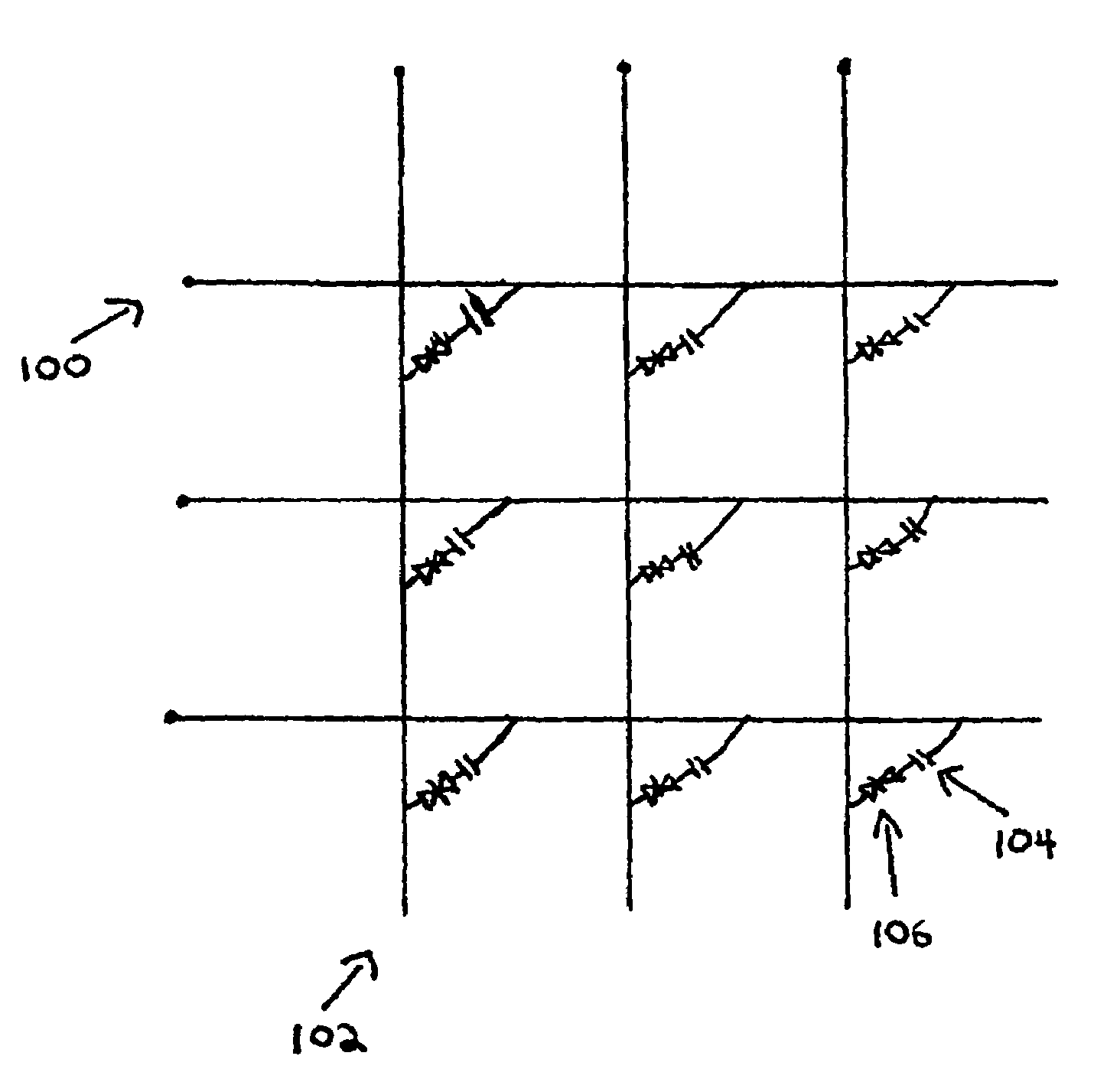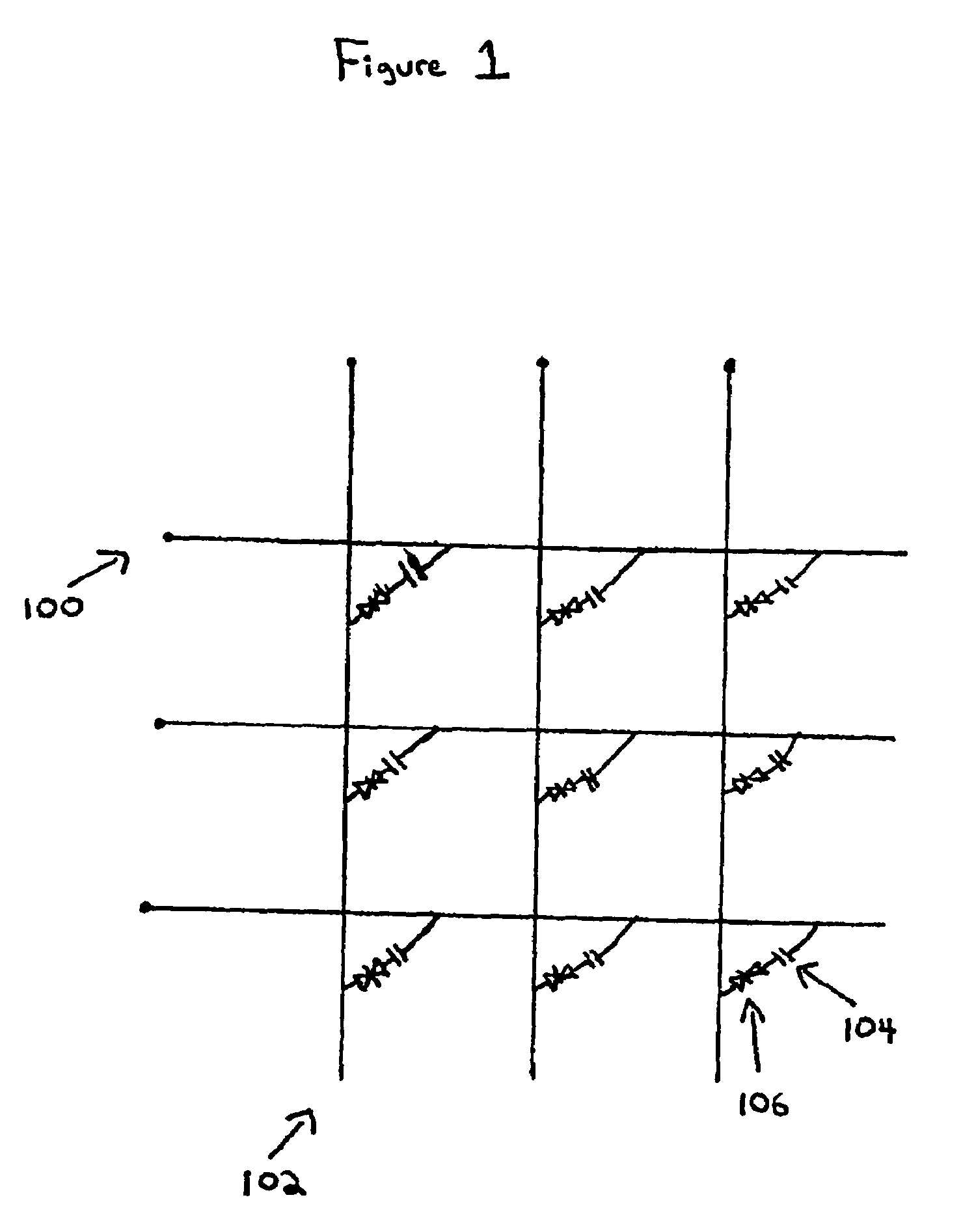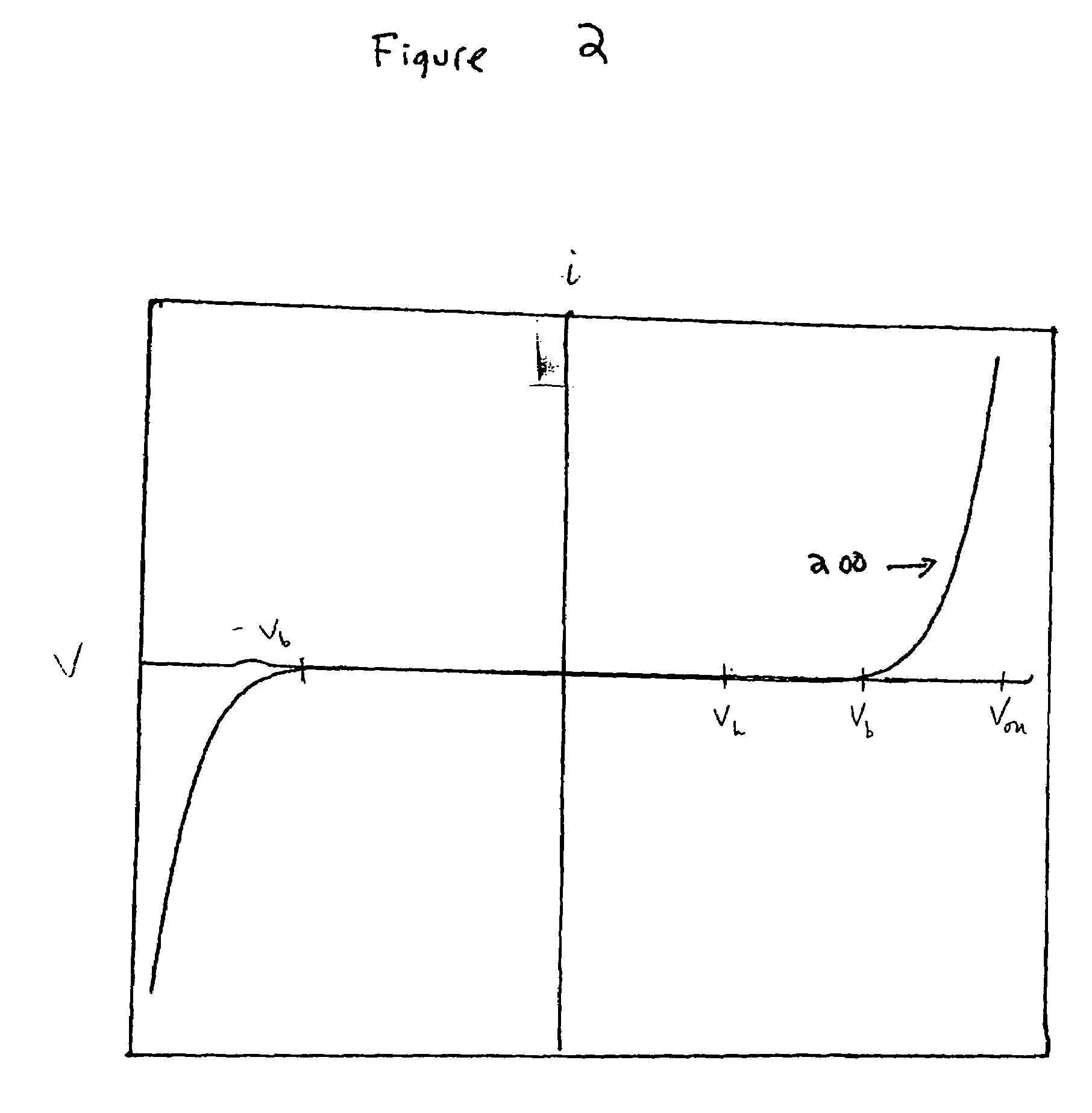Printable electronic display
a printing and electronic display technology, applied in the field of electronic displays, can solve the problems of relatively poor manufacturing yield, high production cost, and relatively complex and costly fabrication, and achieve the effects of facilitating addressing, reducing cost, and facilitating fabrication
- Summary
- Abstract
- Description
- Claims
- Application Information
AI Technical Summary
Benefits of technology
Problems solved by technology
Method used
Image
Examples
Embodiment Construction
[0031]Refer first to FIG. 1, which schematically illustrates a display system in accordance with the invention. The depicted system includes an electrophoretic display, and the various components are deposited by a printing process as permitted by the present invention. It should be understood, however, that the invention may be practiced using other particle-based displays, and with components deposited by conventional (e.g., vacuum-type) processes.
[0032]The illustrated embodiment includes a series of row and column electrodes indicated generally at 100 and 102, respectively, and preferably formed using a printed conductive ink. Assuming the column electrodes 100 are the ones through which the display is viewed, these are transparent. The row electrodes 102, which serve as the rear electrodes, may or may not be transparent, depending upon the application. The electrophoretic display material 104 and the nonlinear elements 106 are sandwiched between column electrodes 100 and row ele...
PUM
| Property | Measurement | Unit |
|---|---|---|
| temperature | aaaaa | aaaaa |
| temperature | aaaaa | aaaaa |
| temperatures | aaaaa | aaaaa |
Abstract
Description
Claims
Application Information
 Login to View More
Login to View More - R&D
- Intellectual Property
- Life Sciences
- Materials
- Tech Scout
- Unparalleled Data Quality
- Higher Quality Content
- 60% Fewer Hallucinations
Browse by: Latest US Patents, China's latest patents, Technical Efficacy Thesaurus, Application Domain, Technology Topic, Popular Technical Reports.
© 2025 PatSnap. All rights reserved.Legal|Privacy policy|Modern Slavery Act Transparency Statement|Sitemap|About US| Contact US: help@patsnap.com



